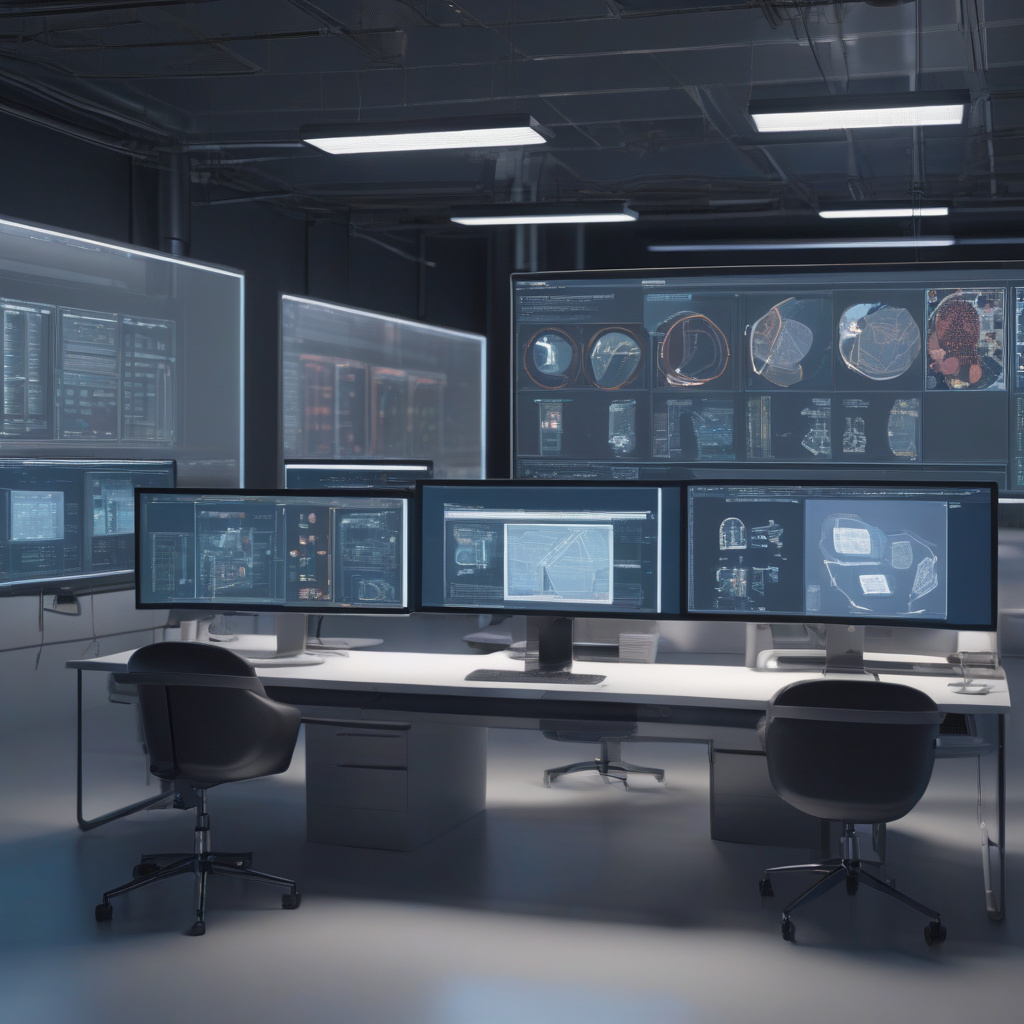Title: Enhancing Visual Software Testing with AI: An Innovative Approach
In the realm of software testing, particularly in visual applications, the ability to accurately detect image differences is crucial for ensuring the quality and functionality of a product. Traditional methods often struggle to effectively identify discrepancies, leading to false positives and missed errors. However, advancements in artificial intelligence (AI) are revolutionizing this process by introducing new techniques that enhance visual software testing.
One common challenge faced by current AI models, including multimodal systems, is the difficulty in conducting robust visual regression testing. These models often overlook structural changes that pixel-based tools would correctly identify as discrepancies. This disparity can result in inaccuracies and inefficiencies in the testing process, ultimately impacting the overall quality of the software.
To address this issue, a recent article by Stefan Dirnstorfer proposes a innovative solution based on Convolutional Neural Networks (CNN). This approach focuses on comparing image segments with a higher tolerance for minor displacements, allowing for more accurate detection of subtle differences between images. By leveraging CNN technology, the system can better analyze and identify variations that may go unnoticed by traditional testing methods.
Moreover, the proposed solution includes a multi-scale algorithm that plays a pivotal role in handling larger distortions within images. By realigning the images at different scales before comparison, this algorithm effectively isolates the genuine differences between the images. This meticulous process ensures that even significant alterations are accurately detected, providing a comprehensive evaluation of the software’s visual components.
In practical terms, the integration of AI-driven solutions for visual software testing offers significant benefits to development teams. By enhancing the accuracy and efficiency of detecting image differences, developers can streamline the testing process and identify potential issues more effectively. This not only improves the overall quality of the software but also saves time and resources by minimizing manual intervention and false positive reports.
Furthermore, the utilization of AI in visual testing opens up new possibilities for enhancing the user experience of software products. By ensuring that visual elements are thoroughly evaluated and validated, developers can deliver applications that are not only functionally robust but also visually appealing and engaging for end-users.
As the demand for seamless and high-quality software experiences continues to rise, the integration of AI technologies in visual software testing becomes increasingly essential. By adopting innovative approaches such as the CNN-based solution proposed by Dirnstorfer, development teams can elevate their testing capabilities and deliver superior products to market.
In conclusion, the convergence of AI and visual software testing represents a significant advancement in the field of software development. By leveraging cutting-edge technologies to enhance the detection of image differences, developers can achieve higher levels of accuracy, efficiency, and quality in their testing processes. Embracing these innovative solutions is key to staying competitive in a rapidly evolving digital landscape.
—
Keywords: AI, visual software testing, image differences, CNN, artificial intelligence, software development, testing process, Convolutional Neural Networks, AI-driven solutions, development teams, software products, user experience, software experiences, testing capabilities, software development

